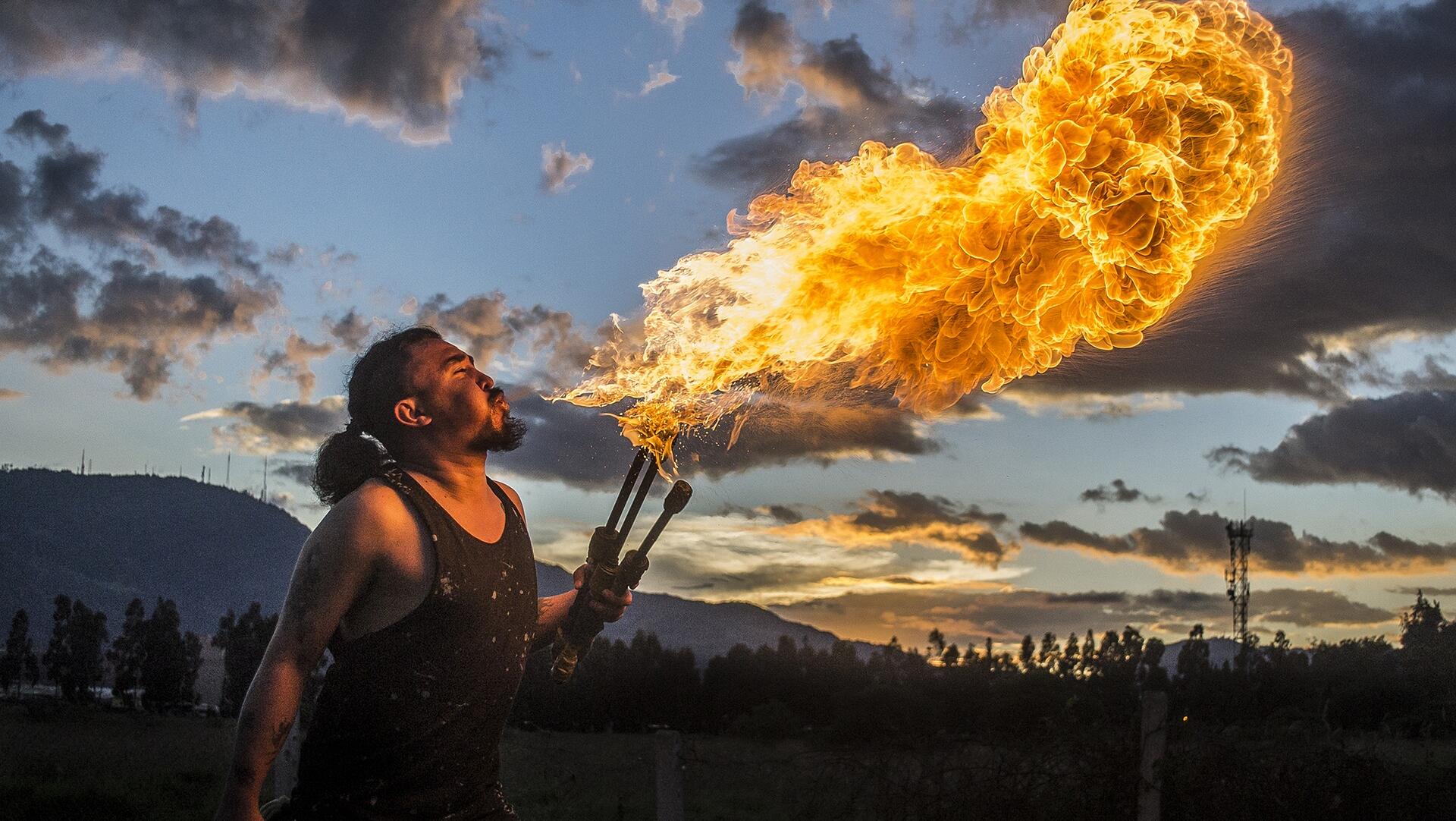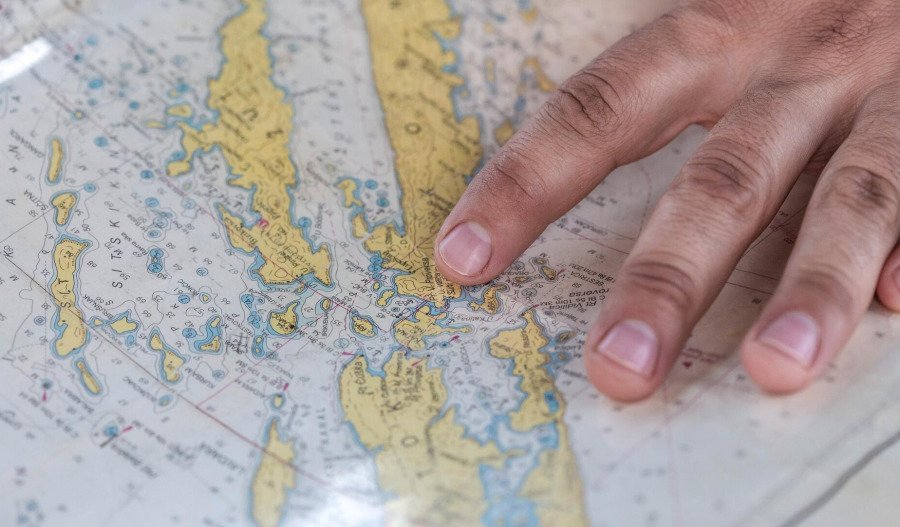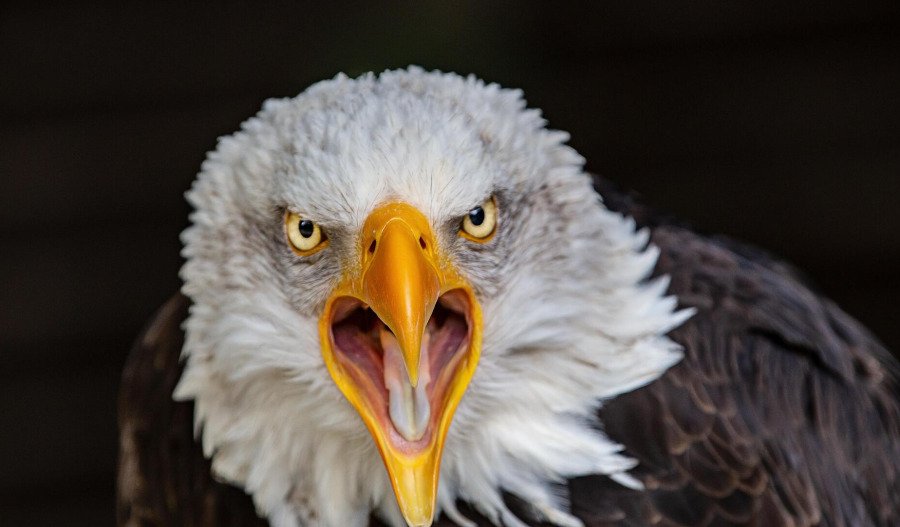The Central Bank of Russia (CBR), a founding member of the BRICS+ block, appears willing to take monetary measures that western counterparts would only frown at.
Despite annual inflation remaining well above target at 10%, the CBR has lowered its benchmark interest rate from 21% to 20%.
Underpinning the CBR’s first rate cut since September 2022 were signs that inflationary pressures are easing and economic growth is cooling following years of war-driven economic stimulus measures.
Military spending
Since launching its full-scale invasion of Ukraine in 2022, the Kremlin has ramped up military spending which has seen the Russian economy run hot since the summer of 2023.
Weapons production and defense outlays have managed to fuel growth despite Western sanctions weighing heavily on other sectors.
Military spending now accounts for nearly 9% of GDP, a level unseen since Soviet times, according to President Vladimir Putin.
While seasonally adjusted monthly inflation eased to 6.2% from 8.2% in the first quarter, Russia’s policymakers officially target 4% inflation. However, they do not expect to reach that level until 2026.
Overall, the CBR forecasts inflation this year at 7% to 8%.
While the CBR expects economic growth of between 1% and 2%, the Economy Ministry is predicting growth of around 2.5%.
The CBR notes that while inflationary risks had eased slightly, they still outweighed forces that would lead to cooling consumer prices over the medium term.
“The Russian economy is gradually returning to a balanced growth path,” the CBR said in a statement, though it warned that monetary policy would remain tight for a long period.
Nabiullina previously likened the economy to a car “racing at full speed”, warning that it “can go faster, but not for long”.
Mounting political pressure
In an attempt to rein in inflation – up by around 35% since the full-scale war against Ukraine began - the CBR had kept interest rates at a record 21% since October last year.
However, inflationary pressures aside, there’s growing speculation that the CBR’s Governor Elvira Nabiullina has caved in to mounting political pressure to ease borrowing costs.
With high borrowing costs having stalled retail lending and resulted in minuscule corporate lending growth, Putin made it clear in March that action was needed to avoid excessive cooling of the economy.
However, at a press conference following the interest rate cut, Nabiullina dismissed suggestions she had given in to political pressure to reduce rates.
Nabiullina did not rule out future rate hikes if inflation begins to rise again.
She said the board considered options for a half and a full percentage point cut at the meeting.
Meanwhile, based on war-driven demand-supply, policymakers suggest interest rates could need to stay in restrictive territory.
Nicholas Farr of Capital Economics is forecasting rates to fall to 17% by year’s end.
Strong rouble
What’s aided the CBR in its fight against inflation is the strengthening of the rouble – up around 40% against the dollar since the start of the year – which has made imported goods cheaper. However, the CBR has warned that a global economic slowdown and falling oil prices - due to the U.S. president’s trade wars - may drive up inflation again through a weaker rouble.
While food inflation remains high due to last year’s poor harvest, this year’s harvest outlook is expected to improve.
“It's important to understand that the harvest doesn't need to be record-breaking; it just needs to be no worse than last year to ensure a more restrained dynamic in food prices," Deputy Governor Alexei Zabotkin noted.
While Russia’s first quarter FY25 GDP grew by only 1.4% - a significant drop from 4% in the previous two years - quarter-on-quarter seasonally adjusted growth was negative, for the first time since 2022.



